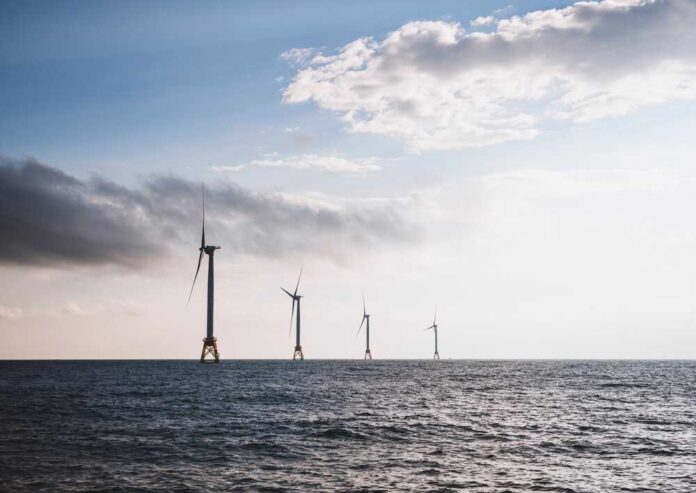
The beautiful Atlantic coastline, known for its scenic charm, is currently the setting of an alarming mystery. In 2023 alone, the sandy shores of New York and New Jersey have become the final resting places for at least 14 humpback and minke whales, a significant increase from just nine in all of last year.
This unexplained surge in whale deaths is causing concern among marine researchers and environmental activists. While the exact cause remains uncertain, critics argue over the possible culprits: increased shipping traffic, dangerous fishing gear, and the less-discussed but potentially significant factor – offshore wind farms.
Maybe @TomForkin was right all along as many suspected. Tow and dump seems their preferred disposal method, rather than #deadwhales washing up on beaches. #ClimateScam #offshorewind #whaledeaths https://t.co/NAo29oFJfH
— Mike Dean (@mikerdean22) June 2, 2023
When the carcasses of two humpback whales washed ashore on May 31, one off Keansburg, New Jersey, and another in Wainscott on Long Island, National Oceanic and Atmospheric Administration (NOAA) officials declared the cause of death for both as blunt force trauma. Such injuries are consistent with strikes from the mammoth vessels that navigate these waters.
Indeed, since 2017, twelve of the 98 deaths of Atlantic white whales have been attributed to ship strikes. But as critics rightfully point out, shipping traffic has stayed the same. However, the ships have grown larger, posing a more significant risk to these majestic creatures. Efforts by the Port Authority and NOAA to slow ships down aim to mitigate this risk, but the whale deaths continue unabated.
The focus is also turning toward another potential threat to the whale population, the expanding offshore wind farms. The North Atlantic is home to two operational wind farms near the tri-state area, Block Island Wind Farm off Rhode Island and the Coastal Virginia Offshore Wind Project off Virginia Beach. Both are located in areas frequented by the whales.
Critics argue that the quest for renewable energy should not come at the cost of marine life. Greenpeace’s former president, Patrick Moore, believes that the high-intensity acoustic noise from sonar surveys used to establish these 900-foot wind turbines may attract whales to shallow waters. These areas hold increased dangers of ship strikes and entanglement in fishing gear.
The voices calling for a pause in offshore wind farm development are growing louder. In May, New Jersey Republicans pushed for a 60-day moratorium to investigate any possible connection between these farms and the rising whale deaths. However, Gov. Phil Murphy dismissed these concerns, leaving many dissatisfied with the lack of comprehensive research.
Nevertheless, there’s skepticism among experts about any link between wind farms and whale deaths. Marine researcher Sean Todd dubbed these claims “alarmist” and noted the complexity involved in determining a cause of death in such instances. NOAA, too, has rejected any link between wind farm operations and whale fatalities.
A democratic society thrives on transparent discussion. The voices of concern should not be dismissed as baseless conjecture. The growing incidence of whale deaths calls for an in-depth investigation into all potential factors, including the impact of offshore wind farms.
While the push for renewable energy and the fight against climate change are undoubtedly noble causes, they should not override our obligation to preserve the balance of our ecosystems. As we strive to harness the wind’s power, we must also listen to the wind of change that’s advocating for our marine life.












